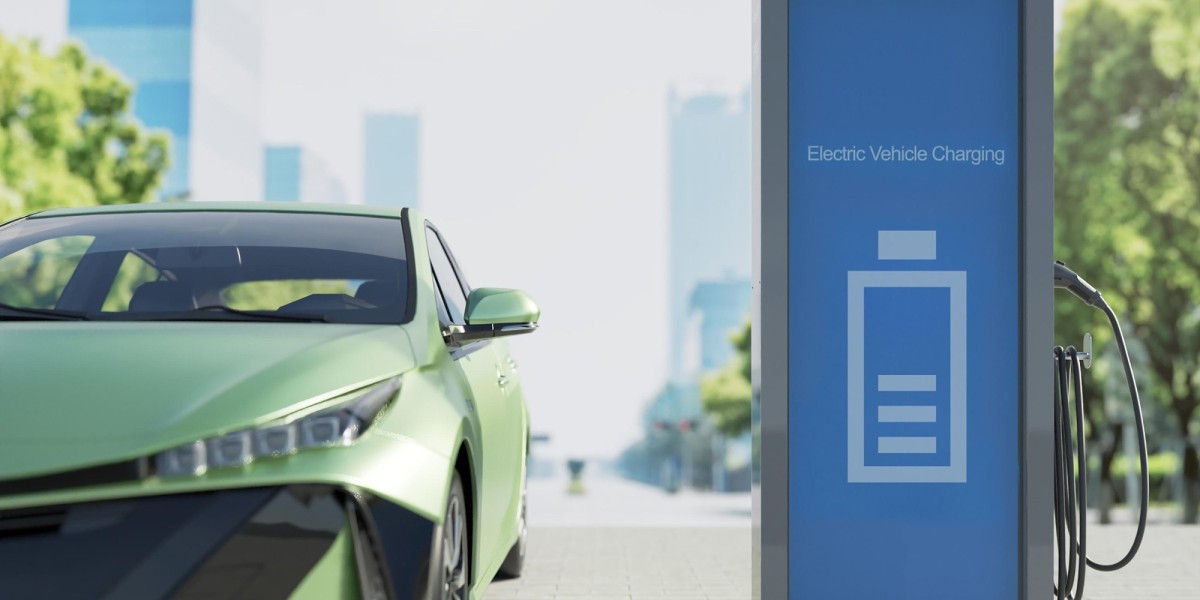As the electric vehicle (EV) market continues to grow, the demand for efficient and rapid charging solutions is becoming increasingly critical. Ultra-fast EV charging stations, capable of charging vehicles in under 30 minutes, are emerging as a vital component of the future of transportation infrastructure. This article explores the innovations, market trends, and technological advancements shaping the ultra-fast EV charging station sector.
Market Overview
The global shift toward sustainable energy and transportation has driven a rapid increase in electric vehicle adoption. Consumers are now demanding faster, more reliable charging options to reduce range anxiety and improve the convenience of using EVs. Ultra-fast charging stations, which can deliver up to 350 kW or more, represent a major leap forward in the EV charging infrastructure sector. These stations provide charging times that are significantly reduced compared to conventional chargers, which can take several hours for a full charge.
As more governments implement regulations and incentives for EV adoption, the demand for ultra-fast charging solutions is expected to grow. Industry stakeholders, including automakers, energy providers, and infrastructure developers, are all working towards expanding ultra-fast charging networks to meet the increasing needs of consumers.
Technological Innovations
One of the key innovations driving the ultra-fast charging station market is the development of advanced charging technologies that increase power output without compromising safety or vehicle battery longevity. Charging stations now integrate cutting-edge hardware, including high-power rectifiers and liquid-cooled cables, that enable faster and more efficient power delivery.
Another notable development is the use of ultra-fast chargers that support multiple charging standards, such as the Combined Charging System (CCS) and Tesla's Supercharger network. This interoperability ensures that a broader range of EV models can be supported, increasing the overall effectiveness of the charging network.
Additionally, wireless charging technologies are gaining traction, offering the potential for even faster and more convenient charging options. These systems, still in the experimental phase, could eventually eliminate the need for physical connectors, reducing wear and tear on charging stations and vehicles.
Trends Shaping the Future of Charging Infrastructure
Several trends are influencing the direction of ultra-fast EV charging infrastructure:
Expansion of Charging Networks: With the global push toward electric mobility, there is a concerted effort to expand the coverage of ultra-fast charging stations. Governments, utilities, and private companies are investing in new charging stations along highways, urban centers, and remote areas to ensure EV drivers have access to fast charging options wherever they are.
Integration with Renewable Energy: As part of the broader movement toward sustainability, many ultra-fast charging stations are being integrated with renewable energy sources such as solar and wind. This ensures that the charging process is as environmentally friendly as the vehicles themselves, reducing the overall carbon footprint of EVs.
Smart Charging Solutions: The development of smart charging stations is gaining momentum. These stations can optimize energy distribution based on real-time demand, minimize charging costs for users, and integrate with vehicle-to-grid (V2G) technologies to allow EVs to feed energy back into the grid during peak times. This innovation is expected to enhance the stability of energy grids and make charging even more efficient.
Vehicle Battery Improvements: Another key development influencing ultra-fast charging stations is the advancement of EV batteries. New battery chemistries, such as solid-state batteries, promise to significantly reduce charging times and improve energy density, meaning that vehicles can be charged more quickly and travel further on a single charge.Autonomous Charging: Autonomous charging technology is poised to revolutionize the industry. This innovation would allow vehicles to autonomously dock with charging stations, further enhancing the convenience of charging, especially in areas with limited space or for individuals with physical disabilities.
Challenges and Future Outlook
While the ultra-fast EV charging station market is rapidly growing, several challenges must be overcome. The cost of building and maintaining these stations remains high, which could slow their widespread adoption. Additionally, power grid limitations in certain areas may hinder the ability to deliver sufficient energy for high-speed charging without overwhelming local infrastructure.
However, the future of ultra-fast EV charging remains promising. With advancements in technology, increased investment, and government support, the landscape of EV charging infrastructure is set to evolve quickly. As the demand for electric vehicles rises, ultra-fast charging stations will play a crucial role in supporting the transition to a more sustainable and convenient transportation ecosystem.
Conclusion
Ultra-fast EV charging stations are an essential part of the growing electric vehicle ecosystem. Technological innovations in charging power, energy distribution, and integration with renewable sources are shaping the future of this market. With increasing investments, expanded networks, and evolving technologies, the future of EV charging infrastructure looks increasingly fast, efficient, and sustainable.



